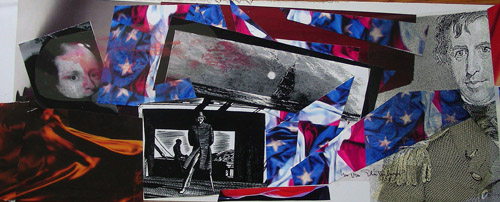 |
Commander Wilkes and Captain Ahab
Charles Wilkes (1798-1877),
American naval officer and Antarctic explorer
In 1838, career naval officer Charles Wilkes was placed in command of the United States Exploring Expedition after many other senior officers had turned it down. Under pressure from the powerful American whaling industry, the US Congress and Navy halfheartedly launched what has been described as one of the most poorly prepared expeditions in the history of Antarctic exploration.
Much despised by his crew, Wilkes was a small-minded, paranoid man who could be vicious and “given to using the lash”. It is believed the character of Captain Ahab, in the classic American novel ‘Moby Dick’, was modeled after Wilkes. His first encounter with a dead crewmember caused him to faint.
Although his six ships were unworthy and his crews dwindling and scurvy-ridden, a determined Wilkes explored 1,240 miles of the frigid Antarctic coastline as well as islands in the South Pacific and the northwest coast of North America. Yet upon his return, both his discoveries and their cost in property and lives were called into question. All told, four ships were lost, 62 men had been discharged enroute, 42 had deserted, and 15 had died.